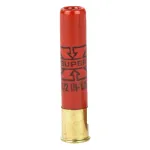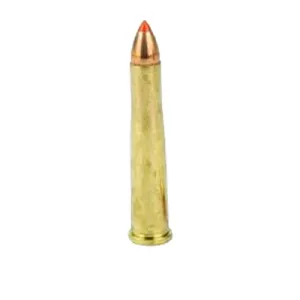
410 bore Ammo
About
The .410 bore Ammo is considered one of the smallest caliber used for shotgun shells. The .410 bore Ammo was designed and manufactured in 1874 in the United Kingdom. The .410 bore Ammo became popular around 1900, and at that time, it was recommended to be used as naturalists, garden guns, and walking stick guns. While the .410 bore Ammo was inferior to 12-gauge shotgun Ammo for defensive use, many companies market defensive guns chambered in the .410 bore Ammo. The small size of this bullet makes it popular for use in small firearms that are carried for emergencies and mostly are guns of different combinations. The similarities between the .410 bore Ammo, and the .45 Colt Ammo allowed this cartridge's unusual applications. The .410 bore Ammo has an overall length of 2″, 2+1/2″, 3″, and the bullet diameter measures 10.4mm [slug]. The lightest variant of the .410 bore Ammo can travel at a velocity of 1,780 feet per second while creating an energy level of 1,043.1 J.
Manufacturer
Eley Brothers designed and produced the .410 bore Ammo, and the shell is still manufactured today.
Uses
The .410 bore Ammo is loaded with shotshells that a most suited for small game hunting and pest control, making it a good choice for garden hunting. People still use it for self-defense.





